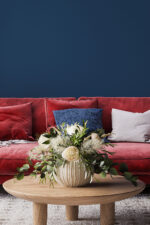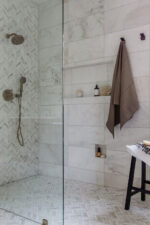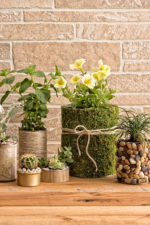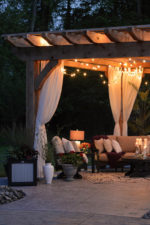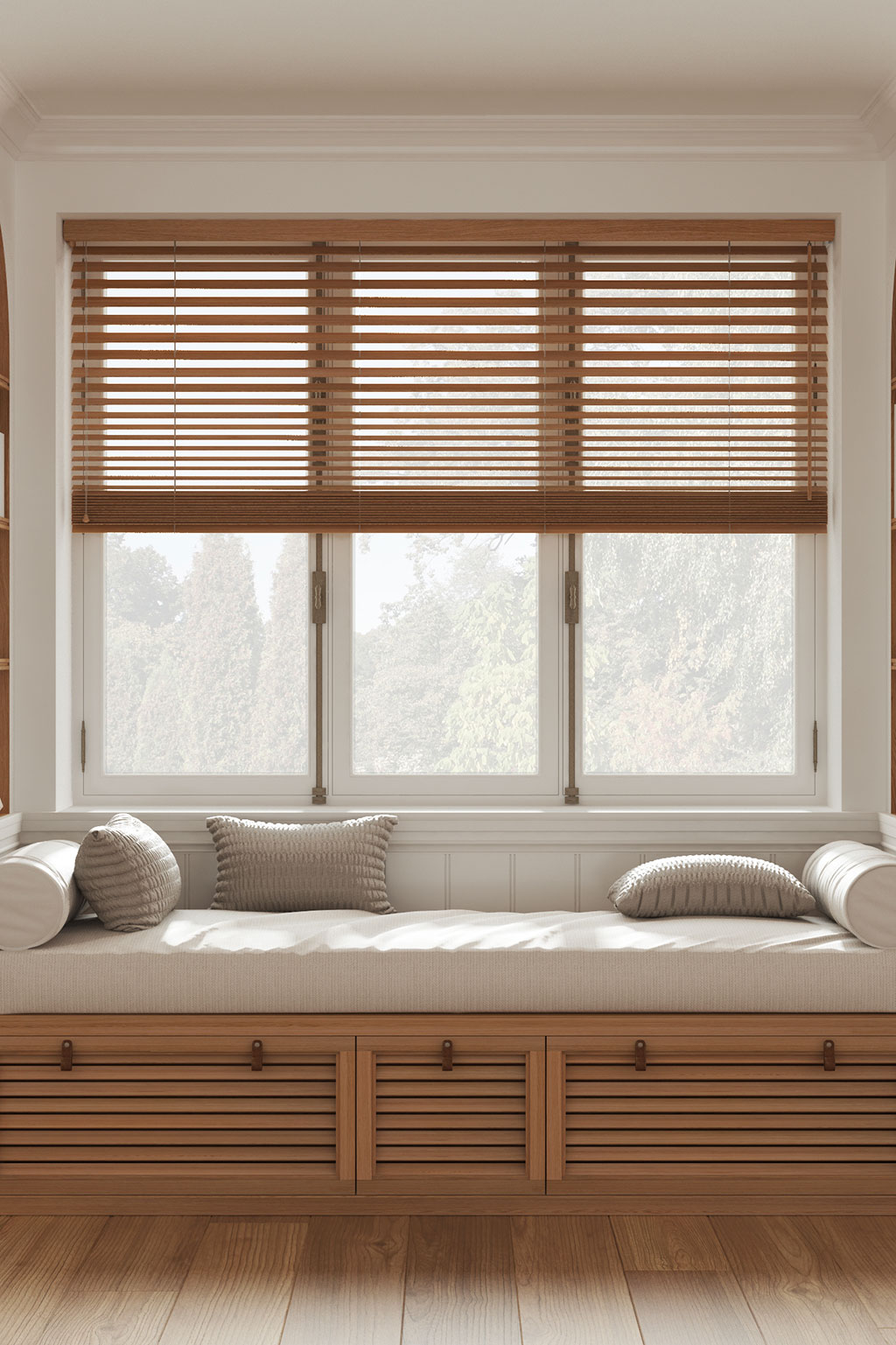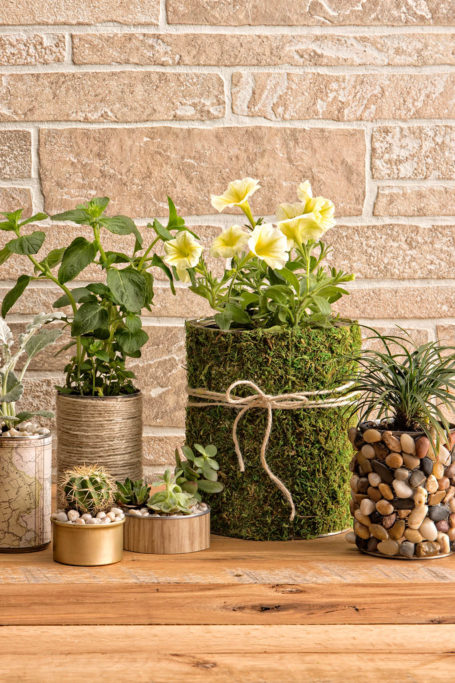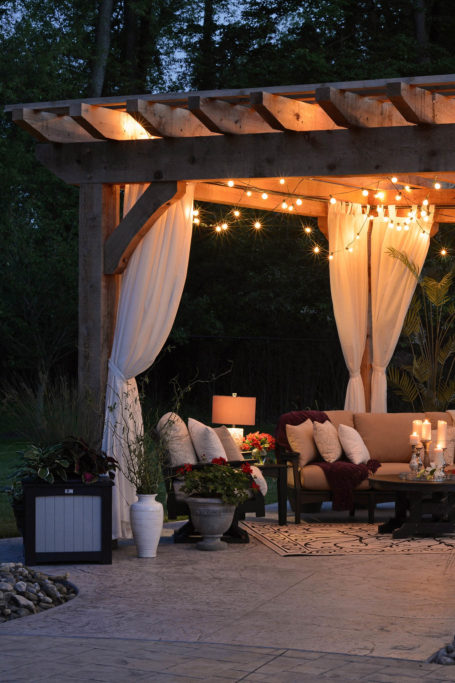Choosing the Right Window Treatments
A home’s window treatments may serve multiple purposes—they can add ambience, filter or block daylight, and provide privacy.
But with so many options to choose from, it can be difficult to determine which ones will meet your needs best. Peruse this guide on the various factors to consider when shopping for window coverings to ensure that you choose ones that look good and function well.
Purpose
An excellent place to start is by deciding on the primary purpose of your window treatments. For instance, do you intend for them to be purely decorative, or is privacy or light control your concern? Identifying your goals will allow you to assess which features will help you achieve them, such as color or trim for style or treatment type for function. Then you can effectively narrow your search, cutting your options down from potentially thousands to a less overwhelming few hundred.

Light control
Depending on the room you’re outfitting, you may want to allow more or less natural light into the space—the material you choose for your window coverings will largely affect this. Sheer fabric curtains and some wood-slat blinds and linen shades can diffuse sunlight, creating a soft and cozy glow, while window films can reduce glare without completely blocking out the sun. On the other end of the spectrum, room-darkening and blackout treatments, such as shades with an acrylic- or vinyl-coated lining or curtains with a dense fabric liner, can block between 95 and 100 percent of outside light, making them ideal for a home media room or a bedroom. Another option is UV-blocking shades, which can protect your skin from the sun and keep out rays that can fade your furnishings.
Whichever direction you go in, make sure to measure the height and width of your windows carefully before ordering your coverings. After all, fit can play a huge role in their functionality—those blackout curtains, for example, won’t be quite as effective if they’re too short or narrow.
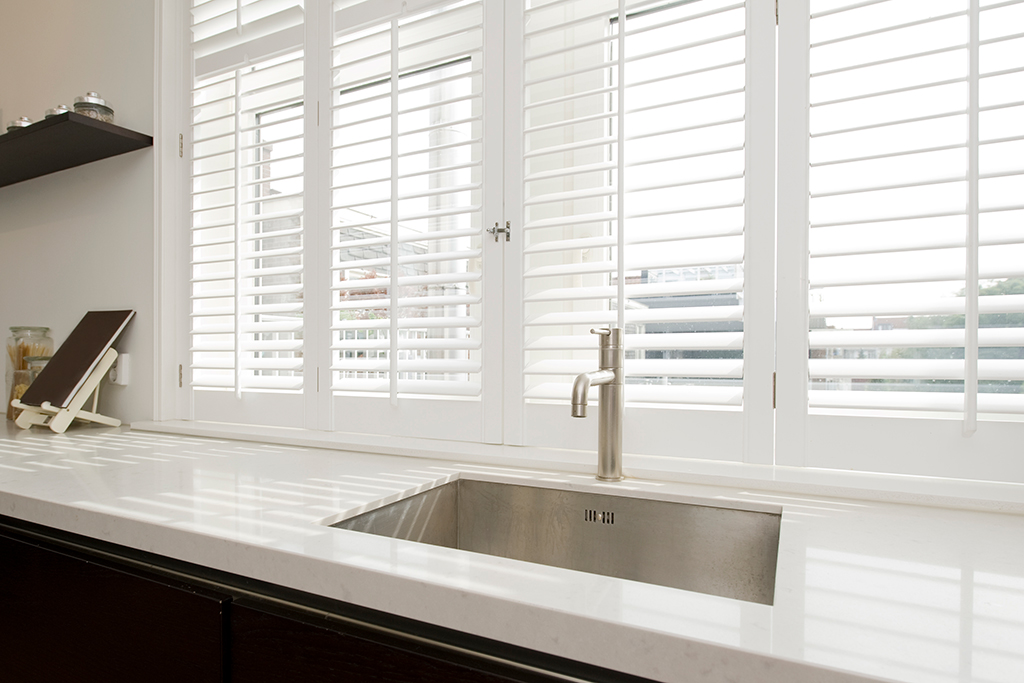
Privacy
In rooms where you’d prefer more privacy, search for treatments that can thwart a wandering eye. For bathroom windows and ones that face a neighbor’s house, blinds and roller or honeycomb shades are a good choice. However, if you want both light and seclusion, such as in a bedroom, consider shades that can be adjusted from the top as well as the bottom to cover just a portion of your window. And if you have a picture window, a one-way film can provide a mirror-like effect so you can still take in the beautiful views without worrying about outsiders looking in.
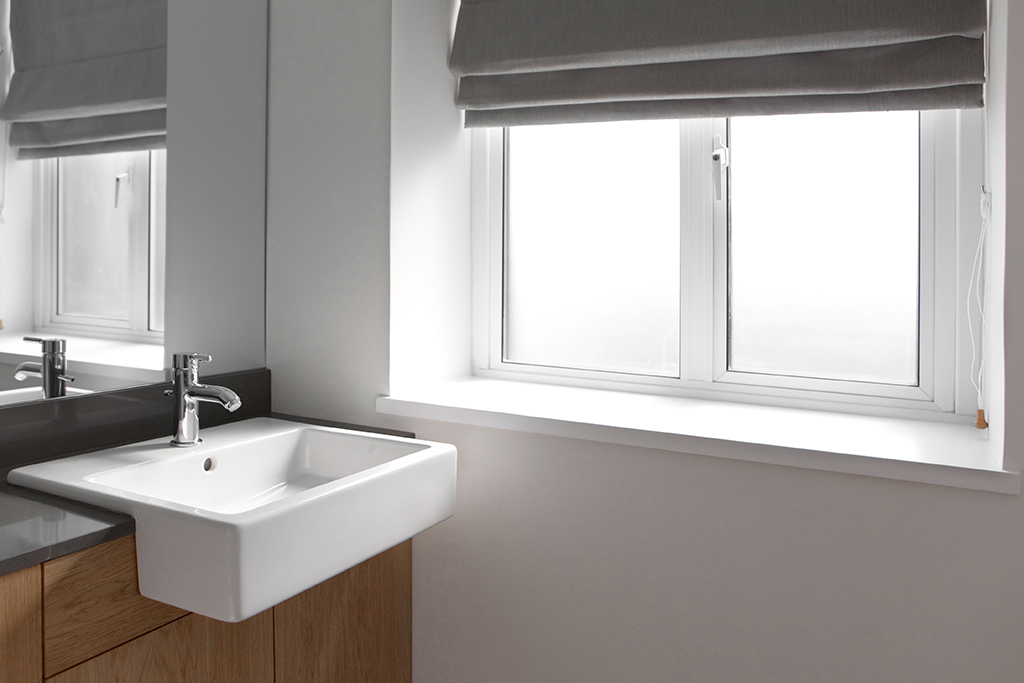
Temperature
According to Energy.gov, about 30 percent of a home’s heat can be lost through its windows during cooler months, while about 76 percent of the sunlight that shines through double-paned windows in warmer months can enter as heat. You can combat this with the strategic use of window coverings. Make it a habit to open them on chilly days and close them on warm ones—there are even curtains, drapes, and blinds that can be operated via a smart-home assistant. Better yet, choose cellular shades, which offer energy efficiency in all seasons because they trap heated or cooled air and prevent it from escaping through the window. You can also switch out your window dressings seasonally, choosing darker and heavier drapes for fall and winter to absorb heat and lighter-colored ones for spring and summer to reflect sunlight and make the room feel cooler.

Style
Though function may matter most when it comes to selecting window treatments, it’s just as essential to consider form to avoid selecting something that ends up clashing with your room’s design. Classic valances with silk, velvet, or linen drapes can lend a traditional look, neutral-toned roller shades a timeless effect, and bamboo blinds a down-to-earth aesthetic. Length can also be a huge factor when it comes to drapes. The general rule of thumb is to have them reach or pool on the floor, but if the windowsill is too deep for that or it’s impractical for the space, measure them to stop at the sill instead for a clean look.
And don’t forget hardware and accessories! Curtain rods in wrought iron or with decorative finials can bring elegance to any space, while sleek chrome or nickel ones may complement contemporary decor. Then finish off your look with tiebacks that match your personality, such as fancy tassels or vintage crystal knobs. You could even use antique jewelry or a braided rope to hold back your curtains.
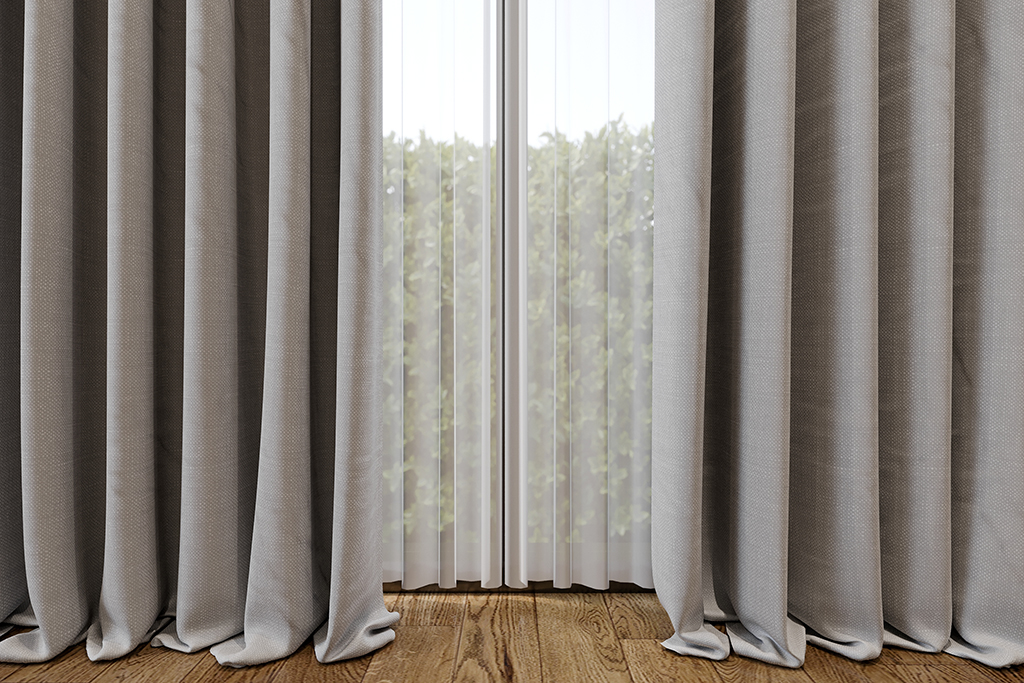
Shopping for window coverings can sometimes feel like a daunting task, but if chosen well, they can boost the functionality of your space, add style, and possibly help you save on your energy bills. Need help narrowing your choices? Interior designers or window treatment consultants are always a great resource.

